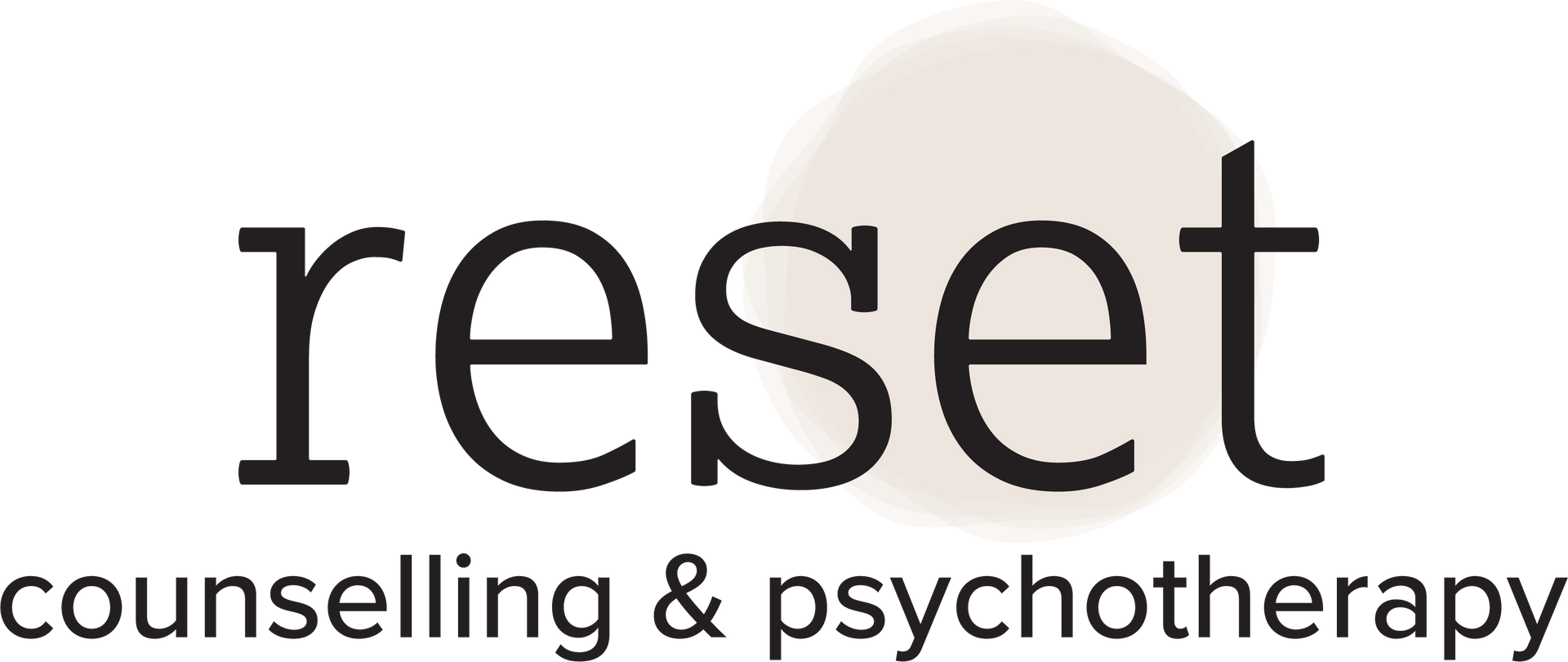Mindfulness for Busy People
3 little ways you can set priorities and reduce stress

Life often demands more than seems possible. Whether juggling work, family responsibilities, or personal goals, the sense of constantly being on autopilot is all too familiar. Yet, creating small moments of mindfulness—pausing to check in, breathe, and acknowledge personal limits—can be a transformative way to regain a sense of balance.
Mindfulness as a Tool for Checking In
Many people struggle with the idea of mindfulness because it is often associated with clearing the mind completely. However, true mindfulness is not about silencing thoughts but rather about observing them without attachment. Instead of attempting to push thoughts away, mindfulness encourages simply noticing them as they come and go.
A simple practice is allowing thoughts to pass through the mind without grasping onto them. For example, a thought like I need to get gas might surface. Rather than immediately jumping to action or worrying about where the nearest gas station is, the practice is to simply acknowledge the thought—Oh, I need gas—and then let it drift away. This approach reduces mental clutter while still allowing space for important thoughts to be addressed when necessary.
For some, writing thoughts down on paper serves a similar purpose. By jotting them down, there is an acknowledgment that they exist, but they are no longer taking up mental energy in the present moment. This simple act of externalizing thoughts can provide clarity and relief.
The Power of Organization: The "Three Lists" Approach
When life feels overwhelming, organization can help bring a sense of control. Self-development coach Lisa Nichols promotes an approach using three lists:
- Things I Need to Do – Essential tasks that must be completed.
- Things I Want to Do – Aspirational goals that bring fulfillment.
- Things I Would Love to Do but Will Likely Never Do – Dreams that may not be realistic for this phase of life.
The last list is particularly powerful because it provides clarity around lifelong desires versus practical realities. A person may dream of becoming a professional ballet dancer but recognize that, given their current commitments, it isn’t realistic. Acknowledging this doesn’t mean giving up on the essence of the dream—it simply shifts the focus. Instead of ballet, they may sign up for a jazz class, fulfilling their need for creative movement in a way that fits their life.
Breaking tasks, goals, and dreams into categories like this can reduce the feeling of being pulled in too many directions. It also provides a structured way to prioritize and adjust expectations with self-compassion.
Spoon Theory: Understanding Personal Capacity
Another valuable framework for managing energy and responsibilities is Spoon Theory, a concept originally developed to describe the experience of chronic illness but widely applicable to anyone managing limited energy. Imagine a person starts the day with a certain number of spoons—each representing energy for daily tasks. Activities like working, cooking, parenting, or socializing all require spoons. Once they run out, there is nothing left to give.
Understanding this metaphor can help people gauge their daily limits and communicate them effectively. Instead of feeling guilty for not being able to take on another obligation, someone might simply say, I don’t have enough spoons for that today. This promotes self-awareness and encourages healthier boundaries in relationships.
Mindfulness and Boundaries in Relationships
Practicing mindfulness also enhances relationships by fostering clearer communication about personal limits. Relationship expert Brené Brown describes a strategy similar to Spoon Theory, where partners check in with one another by expressing their current emotional and energy levels as percentages. If one partner says, I’m at 40% today, the other might offer support or adjust expectations accordingly.
This level of communication fosters mutual understanding, preventing burnout and resentment. Similarly, parents, caregivers, and professionals can benefit from recognizing their own limitations and setting realistic expectations for themselves and others.
The Role of Mindfulness in Building a Balanced Life
Mindfulness is not about forcing a rigid practice into daily life—it’s about taking intentional moments to check in. Whether through structured breathing exercises, journaling, or simply pausing for five minutes with a cup of coffee, these small acts create space for self-awareness.
By regularly assessing personal capacity, setting realistic goals, and communicating limits with others, it becomes easier to navigate life with greater ease. Rather than constantly reacting to external demands, mindfulness allows space to make intentional choices—leading to a more balanced, fulfilling life.
______________________
This blog is a companion to our podcast Beyond the Session: Season 1 Episode 4: Using Mindfulness in Therapy with Registered Psychotherapist Sarah Graham. To listen to the episode you can visit https://open.spotify.com/episode/3bPJbHplDu7t1M3dwP57NU
To book with one of our therapists, please use https://lindsaytsang.janeapp.com
Photo by
mauro mora on
Unsplash

